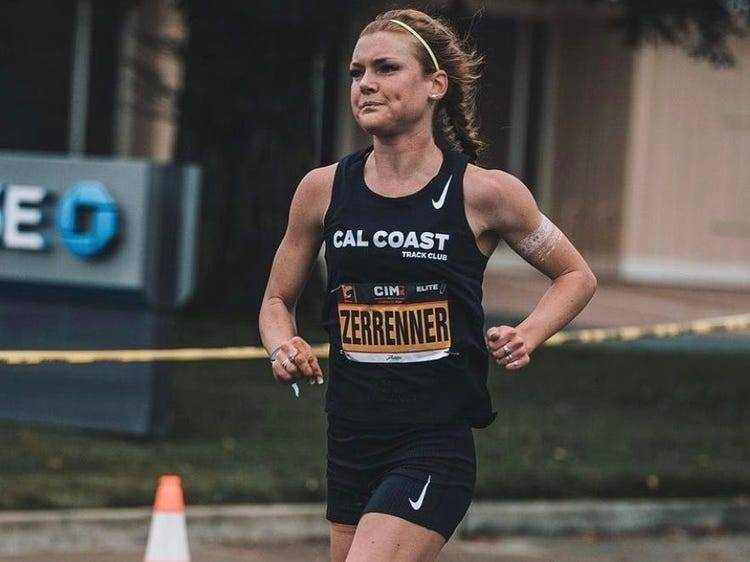Running is a high-impact sport that can cause injuries if not trained for and taken care of properly. A Physical Therapist (PT) can help keep you injury free by offering various services to keep you injury-free.
They will assess your running form and create a tailored plan for training and injury management. This may include proper warm-up stretches, strengthening exercises, mileage periodization, an exercise schedule and more.
Strength
Strength training helps runners improve their running form and efficiency, prevents injury, aids weight loss, and sculpts the body. It also teaches them about progressive overload – which forces muscles to adapt and grow stronger over time.
Running often focuses on lower body exercises in the gym, but strength training for the upper body also benefits. A strong core, upper back, and shoulder muscles help runners maintain proper posture throughout their runs.
Stability and core strength can also help to reduce common running injuries such as runner’s knee, shin splints, Achilles tendonitis, and hip flexor tightness. Anti-rotation exercises like the Pallof press are beneficial for building core strength by maintaining neutral spine alignment during workouts.
Flexibility
Flexibility is essential for running success. It helps your body move efficiently, which results in more power when pushing off the ground and fewer injuries.
However, flexibility can also put you at greater risk for injury if your muscles and tendons become excessively loose and plastic. Think of it like a rubber band model: if your muscles and tendons are too loose, they could tear or crack over time.
According to a 2009 study, runners with lower flexibility are at greater risk for injury since they struggle to maintain proper body position during exercise. This can result in an unsteady gait and poorer running economy as well.
For improved flexibility, runners should incorporate dynamic stretches before and after their runs. Doing this allows their bodies time to recover after exertion.
Mobility
Mobility is the capacity to move your joints freely and efficiently, which makes it essential for injury prevention.
If you can do a slow windmill with your arms overhead and your shoulder moves freely through its range of motion without experiencing pain, then you have mobility in your shoulder.
But if you find it difficult to perform the same exercise, it could indicate a problem with your shoulder mobility and control. To improve performance and reduce injury risk, runners should perform some mobility exercises before every run.
Running enthusiasts should incorporate mobility exercises into their post-run recovery routines. For instance, they could do a head-to-knee seated forward fold or standing quadriceps stretch to increase range of motion before each run.
Injury Prevention
Running is a popular, convenient and relaxing form of exercise. Unfortunately, if you don’t take certain precautions beforehand, running can become dangerous for your health.
A qualified sports rehabilitation expert can help you avoid injuries in this sport. They’ll evaluate your running ability and design a program to strengthen strength, stability and flexibility.
They’ll also assist you in understanding the capacity of your body for weight bearing, which may differ for everyone depending on individual experience and training level.
Musculoskeletal system injuries are unfortunately quite common and may be caused by a variety of issues. When runners experience foot and ankle pain, it’s often an indication that something is amiss; thus, seeking professional medical assistance should always be your first port of call.
If you’re looking for the best physical therapy and sports rehabilitation services, don’t hesitate to contact Marino Physiotherapy and schedule an appointment with our team of specialists.



